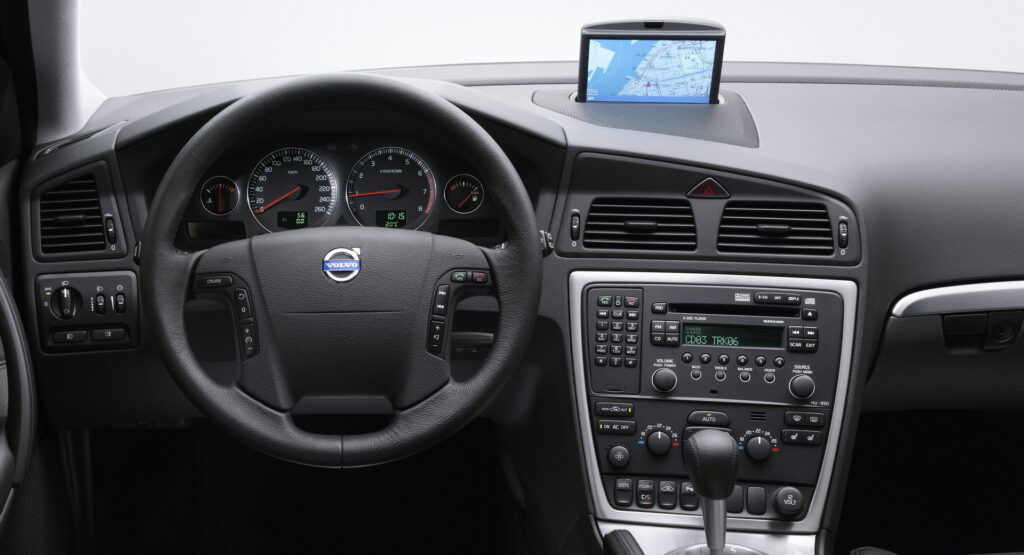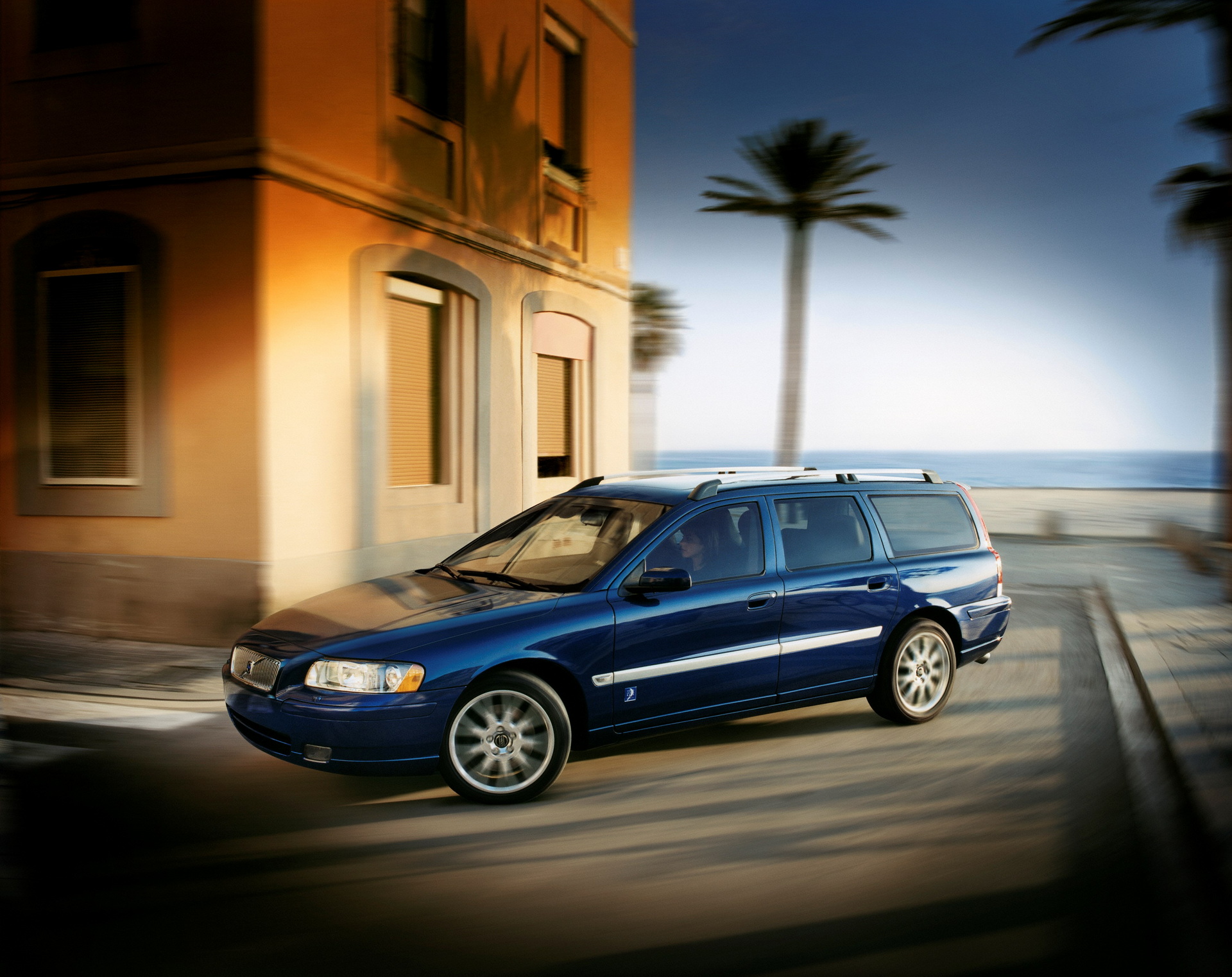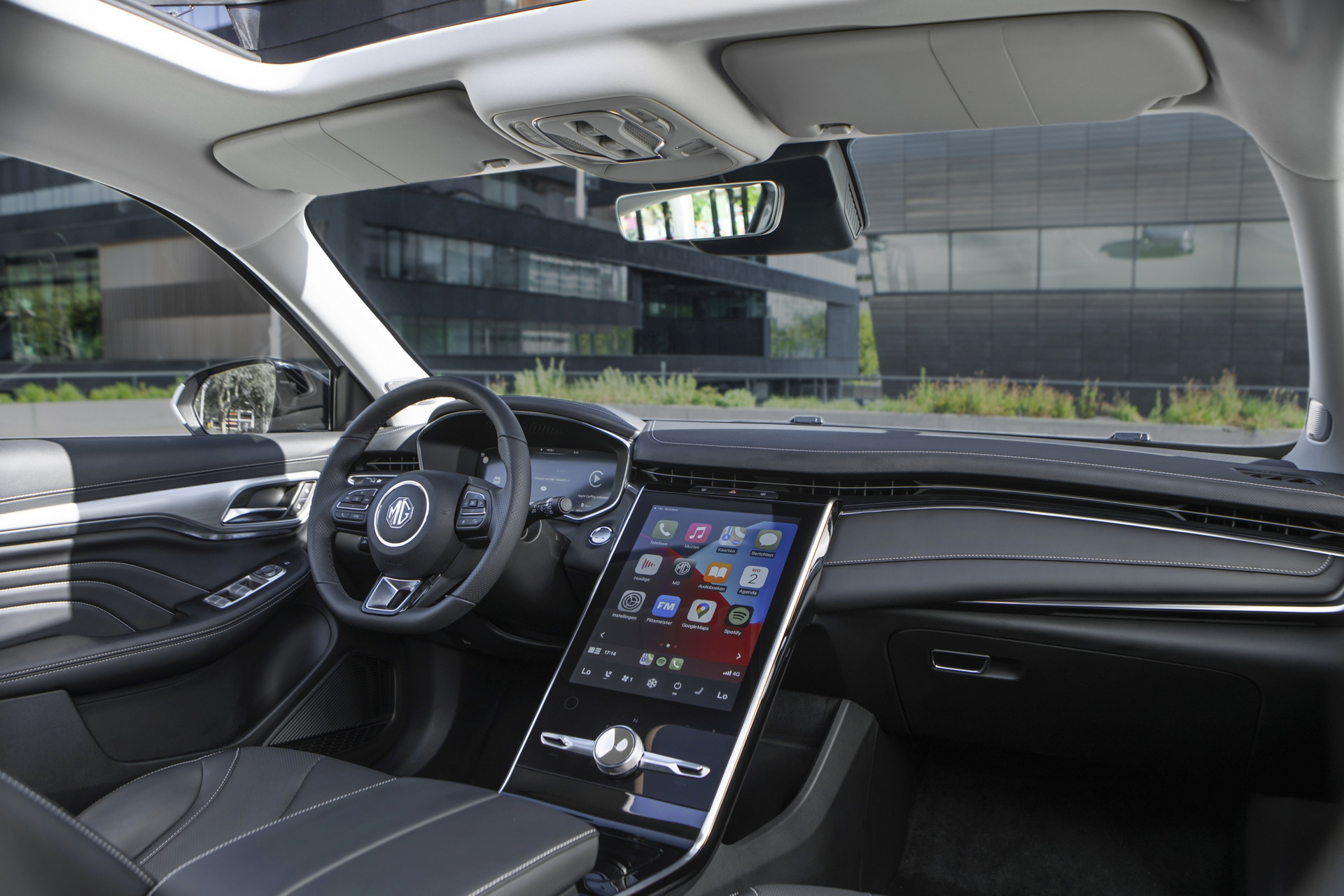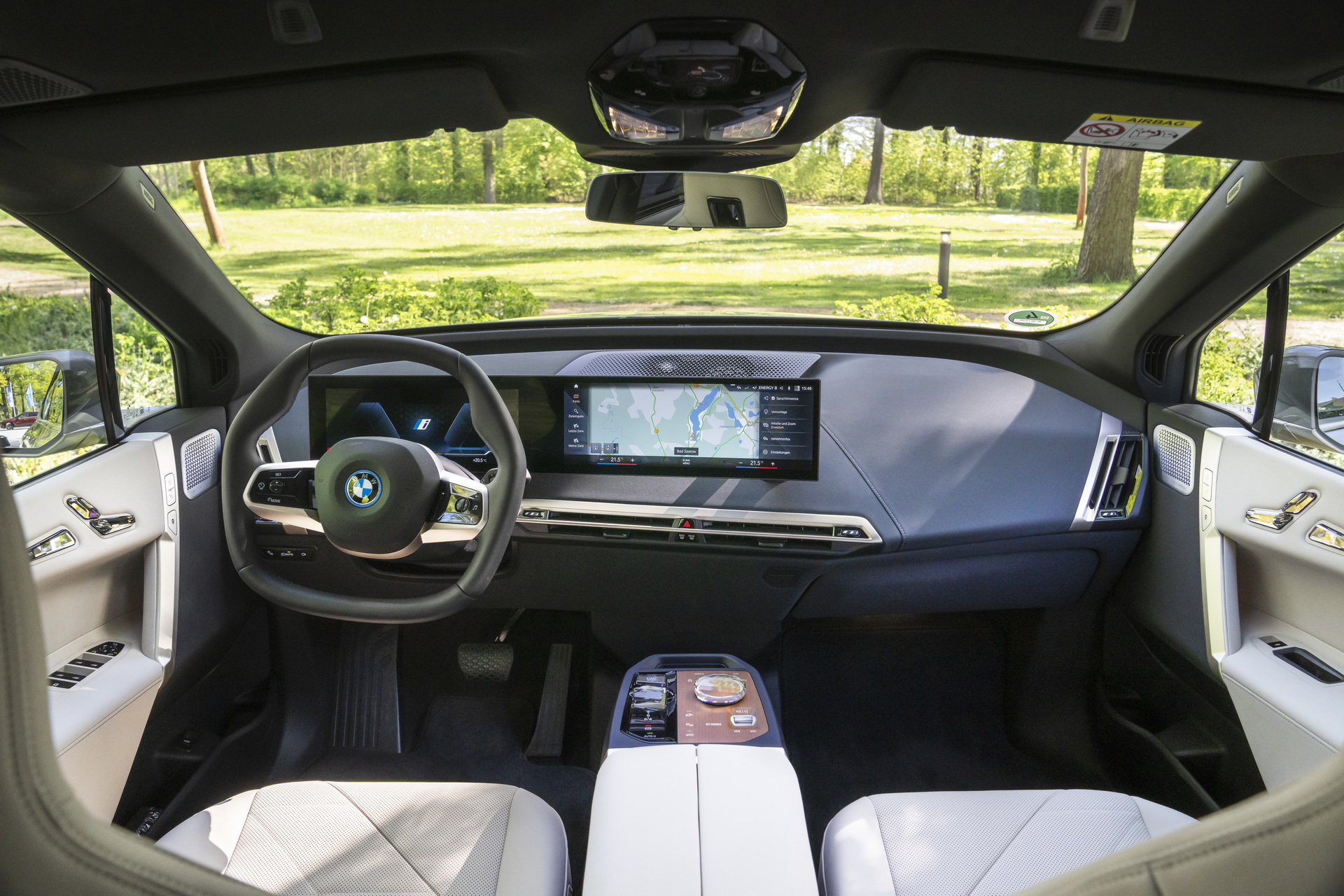Critics today love to complain about how physical buttons are great and how touchscreens aren’t. But what evidence is there to back that up? Well, Sweden’s Vi Bilägare has just conducted a test that proves those critics right.
The Swedish publication tested 11 modern vehicles with touch-sensitive infotainment screens against a Volvo V70 from 2005 to see which was the easiest to operate. And to find that out, it asked the drivers in each vehicle to perform a number of simple tasks.
Drivers were asked to activate the heated seat, increase the temperature in the cabin by two degrees, and start the defrosters; turn on the radio and adjust it to a specific stations; reset the trip computer; and lower the instrument lighting panel to its lowest level.
Read Also: Big Screens Going Out Of Style According To BMW And Polestar
All are reasonable tasks that any driver could conceivably want to accomplish on a given drive. In the 17-year-old Volvo V70, it took the driver just 10 seconds to perform all the tasks. At a speed of 110 km/h (68 mph), the driver was able to accomplish all of that in 300 meters (984 ft).
Just two modern vehicles came within 10 seconds of that time and in the worst-performing vehicle, the MG Marvel R, it took the driver 44.9 seconds to accomplish all of the tasks. In that time, the vehicle had traveled 1.3 km (0.8 miles).
As has been pointed out previously, that’s time spent largely with a driver’s eyes off the road and focused instead on navigating menus. Moreover, since buttons provide physical cues, they’re easier to operate by touch alone.
Not all screens were bad, though. The publication found that the Volvo C40 and the Dacia Sandero performed very similarly to the old-school V70. It took them 13.7 and 13.5 seconds, respectively, to have those functions adjusted.
Their relative lack of functions may have helped them, though. According to the team at Vi Bilägare, although the BMW iX combined physical buttons and touchscreens, it remained one of the most complicated to operate, and the driver needed 30.4 seconds to change all of those functions. It took the driver that long despite the fact that all were given an opportunity to familiarize themselves with the operation of the infotainment systems before the test was conducted.
Across all of the vehicles with touchscreen infotainment systems tested, it took drivers an average of 24.7 seconds to perform all of the tasks required of them, nearly 2.5 times longer than it did with the screenless system. That may be the most important task vehicle designers have before them now.












